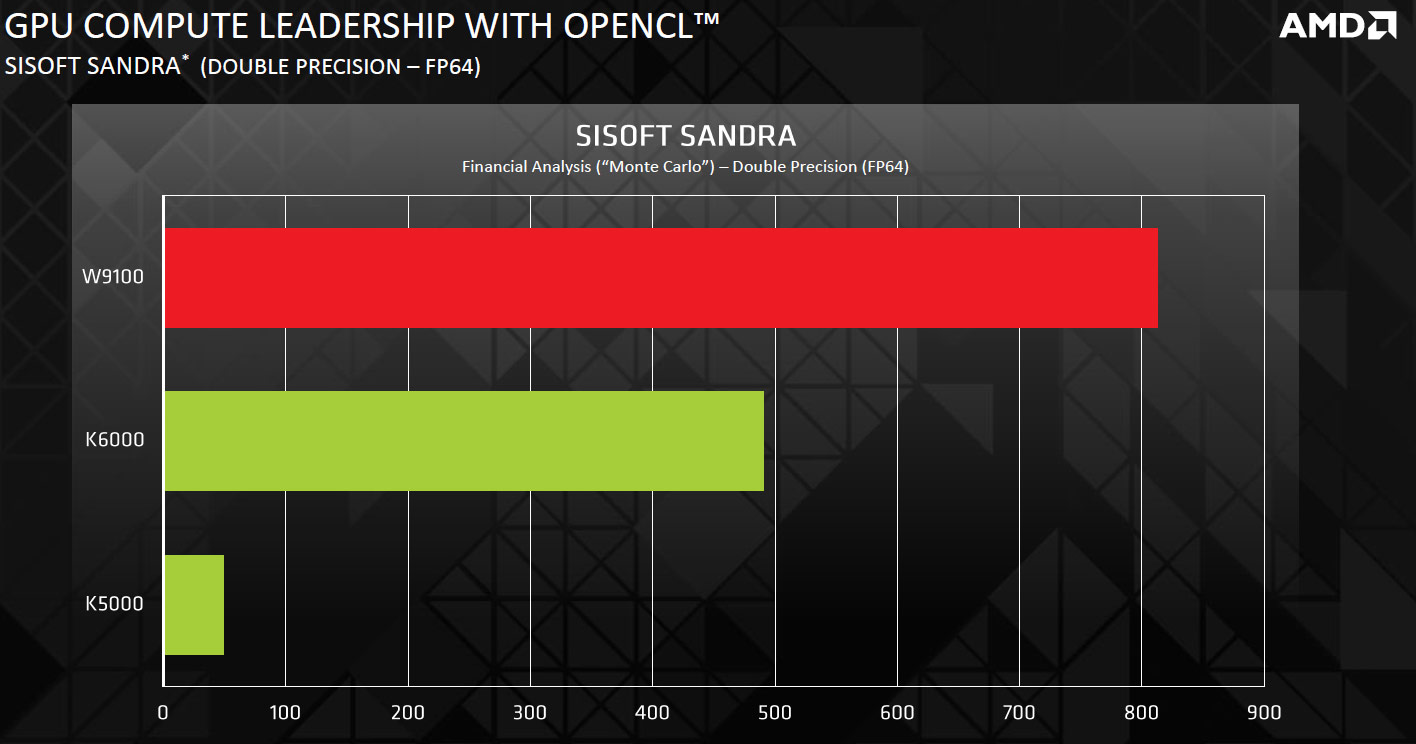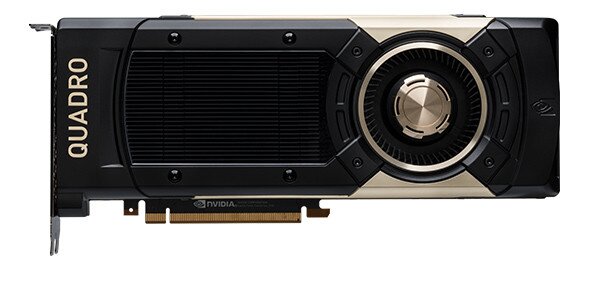

The memory solution on the P6000, and also the P5000, is super-fast GDDR5X, much like it is with NVIDIA’s top-end Pascal gaming cards.

Tying further into the broadcast example, the Sync II card can also be used to generate a house sync, saving you money if you don’t already own a sync generator (but need one).īefore moving into performance, there are a couple of other quick things to mention. The card calls the shots not the monitors. Whereas on the gaming side, monitors with G-SYNC technology baked-in are required (along with an NVIDIA graphics card), Quadro Sync II can synchronize frames regardless of the monitor model. It’s when compute becomes an important requirement that the GP100 should be opted for instead.īefore it became a gaming technology part of NVIDIA’s GeForce line, Quadro Sync used to be called “G-SYNC”. That means that for typical Quadro workloads, the P6000 is going to be faster overall. The P6000 still does have one trick up its sleeve, though, and that’s 256 CUDA cores over the GP100. That all said, the GP100 is designed almost as a solution for those who require both a high-end Quadro and a high-end Tesla, where market-leading compute isn’t just needed, but also huge graphics performance. Since the P6000 is a GP102 chip, it doesn’t have the same FP16 scaling, and in fact, the half-precision performance is 1/64 of its FP32 rate, or roughly 187 GFLOPS – yes, half the performance of its FP64 rating. It’s also worth noting that the GP100 is ideal for those seeking out fast half-precision performance, as it boasts the incredible promise of 20 TFLOPS FP16 (2xFP32). Whereas the P6000 musters ~375 GFLOPS of DP performance, the GP100 stomps that with its 5 TFLOPS. The GP100 is unique in that it bundles in dedicated CUDA cores for ultra-fast double-precision floating-point performance. To address the elephant in the room, the Quadro GP100 is different from the P6000 in its focus (and price I’d expect the GP100 to cost at least 25% more). Nonetheless, let’s take a harder look at what we’re dealing with:

So while the P6000 is undeniably the fastest GPU NVIDIA has ever crafted, it might take a little bit of time to acquire. System builders like BOXX do, but with the warning of “extended lead time”. Newegg seems to be an exception here Amazon doesn’t offer a single Pascal Quadro at the moment. The Quadro P6000 sits proud at the top, and like previous generation top-tier Quadros, the P6000 is priced at around $5,000 USD, with Newegg currently offering it for $5,400.ĭespite being available for a couple of months now, the P6000 remains difficult to find at etail. Well, the two cards are in fact similar, but NVIDIA managed to cram an additional 256 CUDA cores into the P6000, giving it a slight performance boost and securing its right to bear the title: “Fastest NVIDIA GPU Ever!”Īs covered last week, NVIDIA has just fleshed out its entire Pascal-based Quadro lineup, now offering options to fit all budgets.
Quadro k6000 fp64 series#
When NVIDIA released its Pascal GeForce series last spring and delivered downright impressive performance, we knew that the company’s Pascal Quadros were going to be something special. And well, the P6000 in particular does prove to be a very special card indeed, for a multitude of reasons.Ĭonsidering the fact that NVIDIA’s Maxwell-based Quadro M6000 shared similar specs with the first-gen GeForce TITAN X, it’s easy to jump to conclusions and assume that the P6000 is spec-comparable to the second-gen TITAN X. ApAddendum: Updated performance can be found here.


 0 kommentar(er)
0 kommentar(er)
